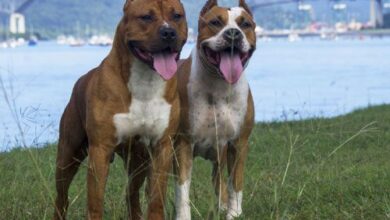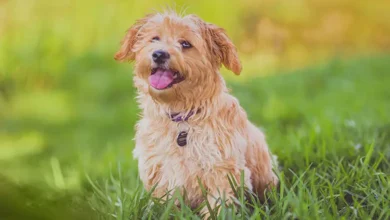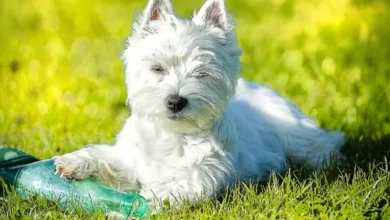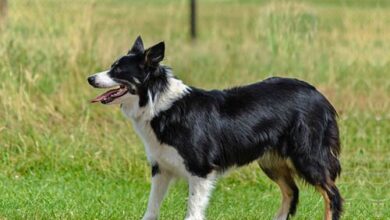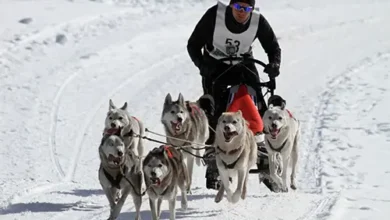The Great Dane Dog Breed
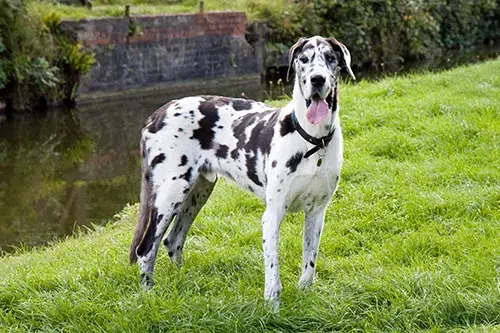

The Great Dane is one of the largest, most elegant, and charismatic dogs. The breed standard is accepted by “The Fédération Cynologique Internationale” (FCI; English: International Canine Federation) which describes it as “the Apollo of the canine races”, and that is that its well-proportioned body and bearing are in perfect harmony.
Whether you are thinking of adopting a Great Dane as if you just did accurate information about the breed to offer your furry companion the best quality of life, we tell you all about this big dog, their origin, physical characteristics, care, and possible health problems.
Origin of the Great Dane
The oldest known ancestors of this breed are The Bullenbeisser (extinct German breed) and the German dogs used to hunt boars. Crosses between these dogs gave rise to different types, from which the current Great Dane was created in 1878.
The curious thing about the name of this breed is that it refers to Denmark, when in fact the breed was created in Germany from German dogs. It is not known why this dog is called Great Dane, but it is also more appropriately known as German doge, German mastiff, and German alano.
Although not many can have such a big dog, the fame of the breed is huge and practically everyone can recognize one. This fame is largely a result of the popularity of two great Danish cartoons: Scooby-Do and Marmaduke.
Physical characteristics of the Great Dane
This is a very large, powerful, elegant, and aristocratic dog. Despite his large size and imposing figure, he is a well-proportioned and beautiful dog.
The head of the Great Dane is long and thin, but not pointed. The naso-frontal depression (stop) is well-defined. The nose should be black, except in harlequin and blue dogs. In harlequin-colored dogs partially pigmented or flesh-colored nose is accepted. In the blues, the nose is anthracite (diluted black). The snout is deep and rectangular.
The eyes are medium, almond-shaped lively and intelligent expression. They are preferred dark but may be lighter in blue dogs and harlequins. In harlequin-colored dogs, both eyes may be of different hues. The ears are high-insertion, sagging, and medium-sized. Traditionally they were cut to give “more elegance” to the dog, but fortunately, this cruel custom is falling into disuse and is even punishable in many countries. The FCI standard of the breed does not require ear cutting.
The length of the body is almost equal to the height of the cross, especially in males, so the profile of the body is square. The back is short and the back is slightly arched. The chest is deep and broad, while the flanks are retracted at the back. The tail is long and has high insertion. The height of the cross is as follows:
- In males, it is at least 31.5 inches.
- In females, it is at least 28.5 inches.
The hair of the Great Dane is short, thick, shiny, smooth and flattened. It can be griffon, tabby, harlequin, black or blue.
Character of the Great Dane
The enormous size of the Great Dane may give the wrong impression about his temperament and character. In general, these dogs are very friendly and affectionate with their own, although they can be reserved with strangers. They are not usually aggressive, but it is important to socialize them from puppies because they tend to be reserved with strangers.
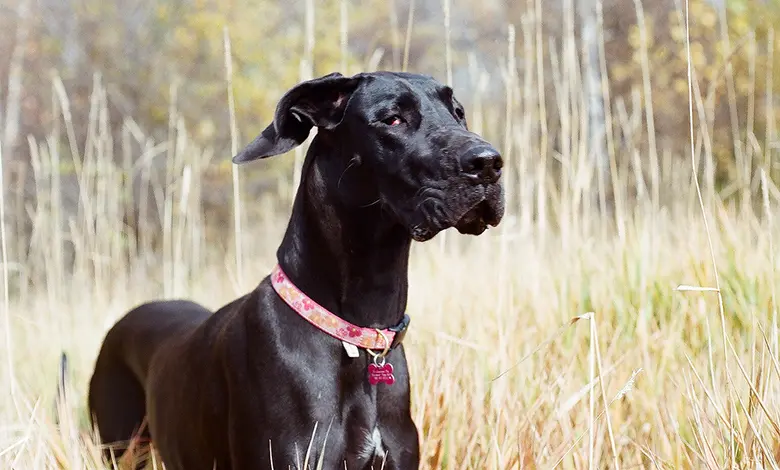

Well-socialized dogs are those who get along well with people, with other dogs, and even with other pets. In this case, Great Danes are particularly good friends of children, although while they are young dogs they can be awkward for younger children.
Many think it is difficult to train a Great Dane. This idea arises from traditional methods of dog training. Great Danes are very sensitive to abuse and do not respond well to traditional training. However, with positive training (clicker training, rewards, etc.) spectacular results can be achieved.
These dogs need frequent company. They are not usually destroyers, but they can be when they are left alone for a long time or if they get bored. They can also be destroyers because of their large size, especially when they are puppies and teenagers, but they are not very active inside the home.
Care of the Great Dane
Great Dane’s hair care is simple. Occasional brushing is usually enough to remove dead hair. Bathing is only necessary when the dog gets dirty and, due to its size, it is always advisable to go to the dog hairdresser.
These dogs need moderate exercise and are much more active outdoors than indoors. Although they are very large dogs, they do not adapt well to live outside, in the garden. It is better if they are allowed to live inside the home, in the family nucleus, and go out for exercise.
By their relatively calm temperament, they can adapt to living in apartments and flats, but their size can cause problems in very small houses, as they can break ornaments without realizing it. On the other hand, and also because of his size, before adopting a Great Dane we have to consider that food expenses become very high.
Health of the Great Dane
Unfortunately, this is one of the breeds of dogs that has a predisposition to various canine pathologies. Among the most common diseases in Danish are the following:
- Gastric torsion
- Hip dysplasia
- Cardiomyopathy
- Caudal cervical spondylopathy or Wobbler syndrome
- Cataracts
- Elbow dysplasia
- Osteosarcoma
To prevent the development of the above conditions or detect symptoms in time, it will be essential that you perform annual reviews of your dog, as well as keeping the vaccination and deworming schedule up to date. Go to your veterinarian whenever you have doubts or notice some strange behavior in your Great Dane.


